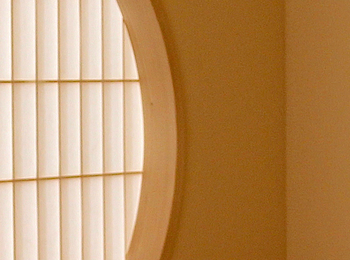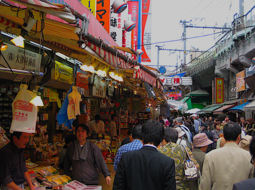
Worth knowing
The offer came about initially because I didn't want to be dependent on middlemen for my own needs.
I started looking for reliable partners in Japan and so, over the years, trustful business relationships with various dealers in Tokyo and Kyoto developed.
For a paper producer in Yamanashi, we were allowed to take over representation in Europe a long time ago.
But own purchases of antique objects are also exciting; For this, of course, extensive trips to Japan are essential :-)
In addition to craftsmen, do-it-yourselfers and Japanese lovers, our customers also include artists, artisans as well as the film industry.
With the exception of a few articles, these are exclusively direct imports from Japan.
Based on my own years of experience in processing the materials on offer, I am able to provide advice and give recommendations.
If you have the time, it is possible to realize very special requests through our contacts in Japan.
A note, especially for our foreign customers: The shipping costs for the most common countries can be found under Payment / Shipping.

